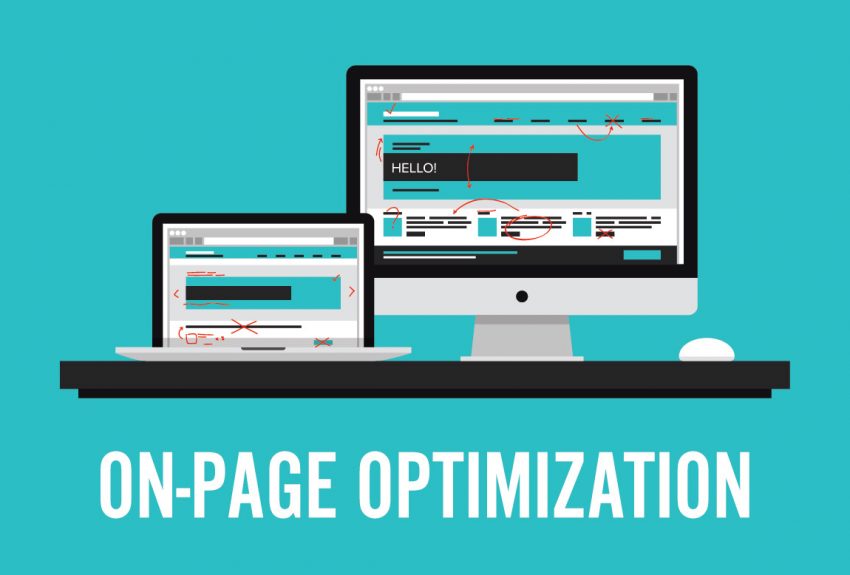
SEO
Table of Contents
On-Page SEO Chcklist 🌐🌐
Hey there, SEO superstars and digital marketing mavens! 🌟 It’s Musah, your friendly neighborhood SEO geek from RM Digital. Today, we’re diving deep into the wild and wonderful world of on-page SEO – the secret sauce 🥫 that can skyrocket your website to the top of Google’s search results! 🚀📈
Now, I know what you might be thinking: “Musah, I’ve heard of SEO before, but what the heck is on-page SEO? 🤔 Is it like regular SEO’s quirky cousin or something?
Well, my friend, buckle up and get ready for a rollercoaster ride through the ins and outs of on-page optimization. 🎢 Because by the time we’re done here, you’ll be an on-page SEO wizard, ready to cast spells of SERP dominance and leave your competitors in the digital dust! 🧙♂️💨
But before we jump into the nitty-gritty, let me share a quick story about why on-page SEO is so darn important. 📖💡
The Tale of Two Websites 🌐🆚🌐
Once upon a time, in the vast jungle of the world wide web, there were two websites:
- 🍔 Bob’s Burgers, a local burger joint with mouthwatering patties and a loyal following.
- 🍟 Patty Palace, a shiny new fast-food chain with a big marketing budget but mediocre burgers.
Bob had a simple website with great content about his delicious burgers, friendly staff, and cozy atmosphere. But his on-page SEO was a mess – no title tags, header tags, or meta descriptions in sight! 😱
Patty Palace, on the other hand, had a flashy website with all the bells and whistles – but their content was as bland and generic as their burgers. However, their on-page SEO was on point, with perfectly optimized tags and descriptions. 😎
One day, a hungry customer named Liz searched Google for “best burgers in town” 🍔🔍. And guess what? Patty Palace showed up at the top of the search results, while Bob’s Burgers was buried on page 3, like a hidden gem waiting to be discovered. 💎
Liz ended up at Patty Palace, disappointed by their subpar burgers – while Bob’s Burgers remained the best-kept secret in town, all because of poor on-page SEO. 😢
The moral of the story? On-page SEO matters – A LOT! 🗣️📢 You could have the best content in the world, but if your on-page optimization is lacking, you might as well be invisible online.
So, ready to learn how to avoid Bob’s fate and become an on-page SEO rockstar? 🎸🌟 Then let’s dive in!
🤔 What is On-Page SEO?
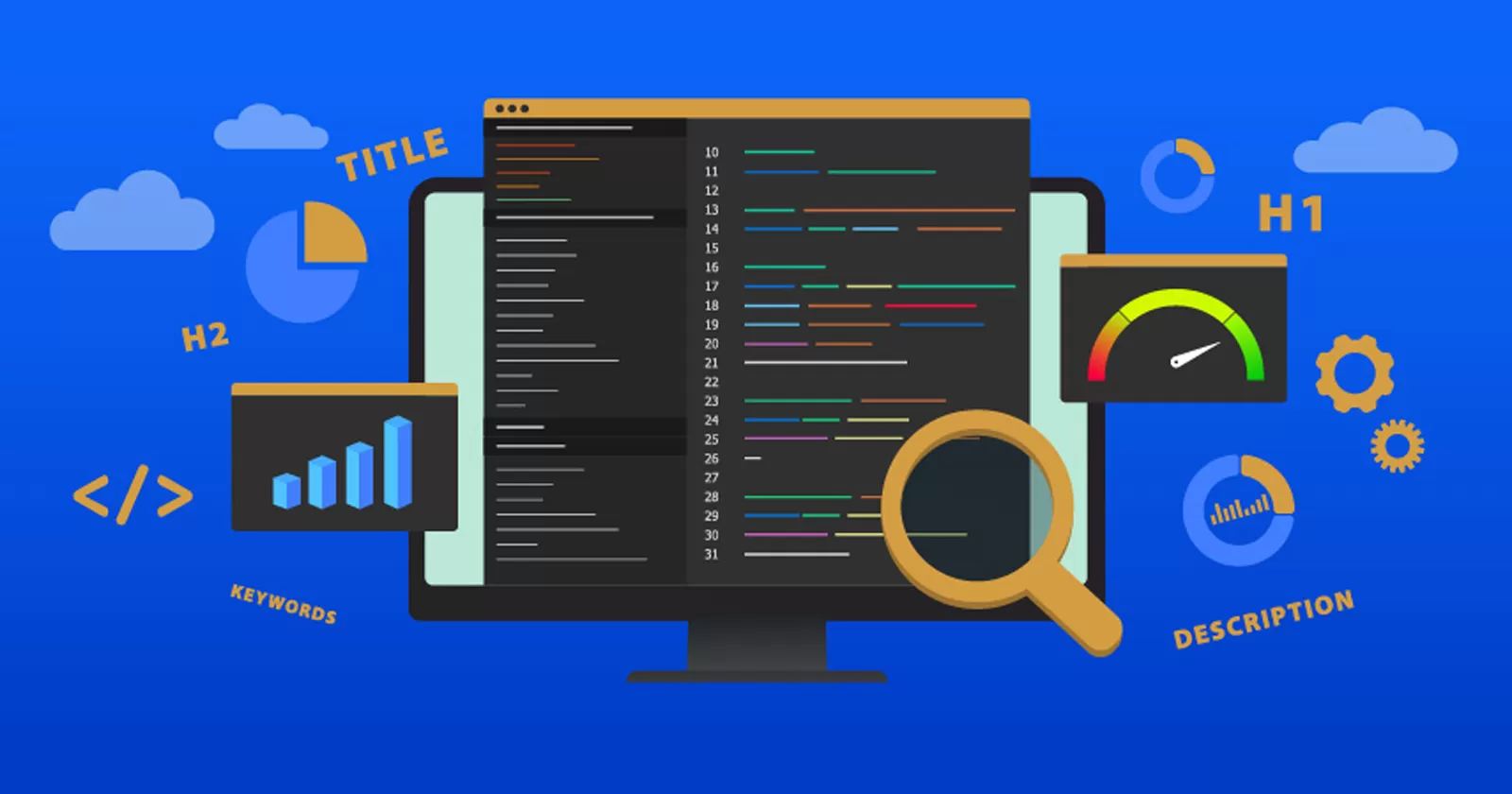
First things first, let’s define what we’re talking about. On-page SEO (also known as on-site SEO) refers to all the optimization techniques you can use on your website to improve your search engine rankings and visibility. This includes things like:
- 🏷️ Title tags and meta descriptions
- 📌 Header tags (H1, H2, etc.)
- 🖼️ Image alt text
- 🔗 Internal linking
- 🏎️ Page speed and mobile-friendliness
- 🗺️ URL structure and breadcrumbs
- 🎯 Keyword optimization and content relevance
Think of on-page SEO as the foundation of your SEO strategy – it’s the bedrock on which everything else is built. 🏰 Without a solid on-page foundation, your off-page efforts (like link building and social media marketing) will only get you so far.
But don’t just take my word for it – the numbers speak for themselves! 📊📈
- 📈 A study by Backlinko found that websites with optimized title tags and meta descriptions had a 5.8% higher click-through rate (CTR) than those without.
- 🖼️ Research by Moz showed that pages with optimized image alt text ranked 4 positions higher than those without.
- 🏎️ Google’s own data revealed that a 1-second delay in mobile page load time can decrease conversions by up to 20%!
In other words, on-page SEO is kind of a big deal. 😉 And if you want to crush your competition and dominate the search results in 2023 and beyond, you need to have a solid on-page game plan.
🛠️ The Ultimate On-Page SEO Checklist
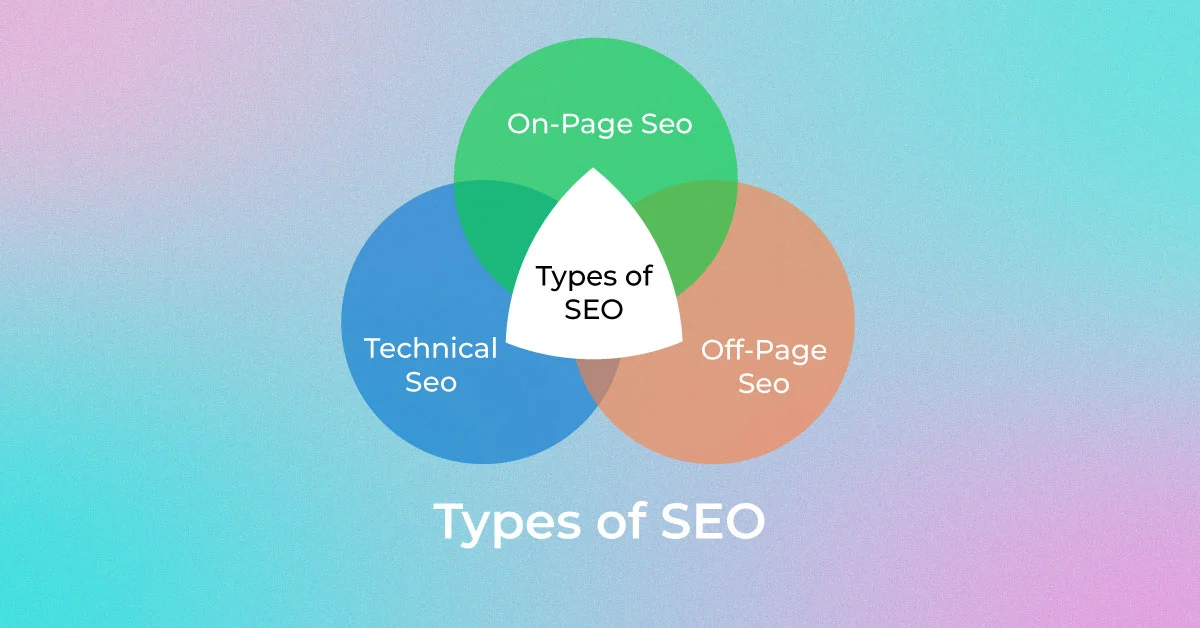
Alright, now that you’re convinced of the power of on-page SEO, let’s get down to brass tacks. 🔧 I’ve put together the ultimate on-page SEO checklist to help you optimize every aspect of your website for maximum search engine visibility and user engagement.
Think of this checklist as your trusty sidekick on your SEO journey – like Robin to your Batman, or Chewbacca to your Han Solo. 🦸♂️🤝🦹♂️ By following these steps and best practices, you’ll be well on your way to on-page SEO domination!
1. 🎯 Keyword Research and Mapping
The first step in any on-page SEO strategy is to identify the right keywords to target on your website. These are the words and phrases that your ideal customers are searching for on Google – and the ones you want to rank for. 🔍📈
- 🧐 Use keyword research tools like Google Keyword Planner, Ahrefs, or SEMRush to find relevant keywords for your business and industry.
- 🎯 Focus on long-tail keywords (phrases with 3+ words) that are specific to your niche and have lower competition.
- 🗺️ Map your target keywords to specific pages on your website, based on their search intent and relevance.
- 🎨 Use keyword variations, synonyms, and related terms to create comprehensive, natural-sounding content.
💡 Pro Tip: Don’t stuff your pages with keywords like a Thanksgiving turkey! 🦃 Google’s algorithms are smart enough to recognize and penalize keyword stuffing. Aim for a keyword density of 1-2% and focus on creating high-quality, relevant content.
2. 🏷️ Title Tags and Meta Descriptions
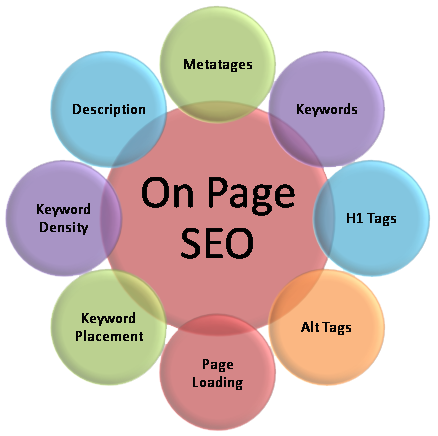
Your title tags and meta descriptions are like the billboard ads 🚧 of your website – they’re the first thing potential visitors see in the search results, and they can make or break your click-through rates.
- 📝 Write unique, compelling title tags for each page that include your target keyword and entice users to click.
- 📏 Keep your title tags under 60 characters to avoid truncation in search results.
- 🔍 Use your meta descriptions (160 characters or less) to expand on your title tag and provide a clear, concise summary of your page’s content.
- 😮 Include a call-to-action (CTA) in your meta description to encourage clicks and conversions.
💡 Pro Tip: Use Google’s Search Console to monitor your click-through rates and test different title tag and meta description variations to see what works best for your audience.
3. 📌 Header Tags and Content Structure
Header tags (H1, H2, H3, etc.) are like the road signs 🚸 of your content – they help guide readers and search engines through your page and signal the importance and hierarchy of your information.
- 👑 Use a single, unique H1 tag on each page that includes your primary keyword and summarizes your main topic.
- 🗃️ Use H2-H6 tags to break up your content into logical sections and subsections, like an outline.
- 📝 Optimize your header tags with relevant keywords, but avoid stuffing or forcing them in unnaturally.
- 🖼️ Use descriptive, keyword-rich alt text for your images to improve their visibility in image search results.
💡 Pro Tip: Think of your content structure like a pyramid – start with a broad, overarching topic (your H1), then drill down into more specific subtopics and details (H2s, H3s, etc.). This helps both users and search engines understand and navigate your content more easily.
4. 🔗 Internal Linking and Site Architecture
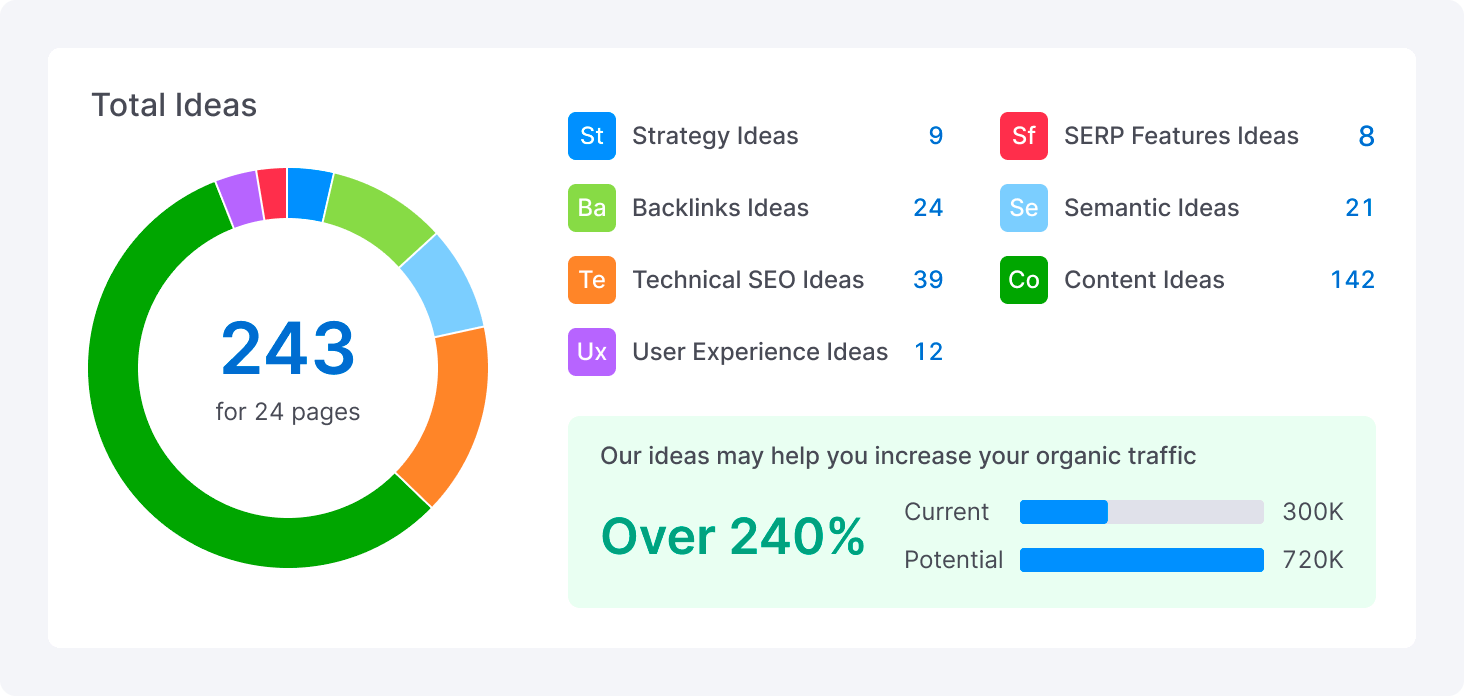
Internal links are like the highways 🛣️ that connect the different pages of your website – they help users and search engines navigate your site and discover new content, and they pass valuable link equity (or “link juice”) between your pages.
- 🔄 Use descriptive, keyword-rich anchor text when linking to other pages on your site.
- 🎯 Link to relevant, high-value pages (like your cornerstone content or product/service pages) from your blog posts and other content.
- 🗺️ Create a clear, logical site architecture with a hierarchy of categories and subcategories.
- 🥞 Use “flat” site architecture (no more than 3 clicks from your homepage to any other page) to improve crawlability and user experience.
💡 Pro Tip: Use tools like Screaming Frog or Ahrefs Site Audit to analyze your internal linking structure and identify opportunities for optimization.
5. 🏎️ Page Speed and Mobile-Friendliness
In today’s fast-paced, mobile-first world, page speed and mobile-friendliness are non-negotiable for on-page SEO. Google has made it clear that faster, more mobile-friendly sites will rank higher in search results – and users expect nothing less. ⚡📱
- ⚙️ Use Google’s PageSpeed Insights tool to test your site’s page speed and get recommendations for improvement.
- 🖼️ Optimize your images by compressing them, using the right file formats, and specifying dimensions.
- 🔌 Minimize your use of plugins and external scripts that can slow down your site.
- 📱 Use responsive design and mobile-friendly themes to ensure your site looks and functions great on all devices.
- ⚡ Consider using Accelerated Mobile Pages (AMP) for your blog posts and other content to speed up load times on mobile.
💡 Pro Tip: Page speed and mobile-friendliness are ranking factors for both organic search and Google Ads – so optimizing for these factors can help you improve your visibility and performance across the board!
6. 🗺️ URL Structure and Breadcrumbs
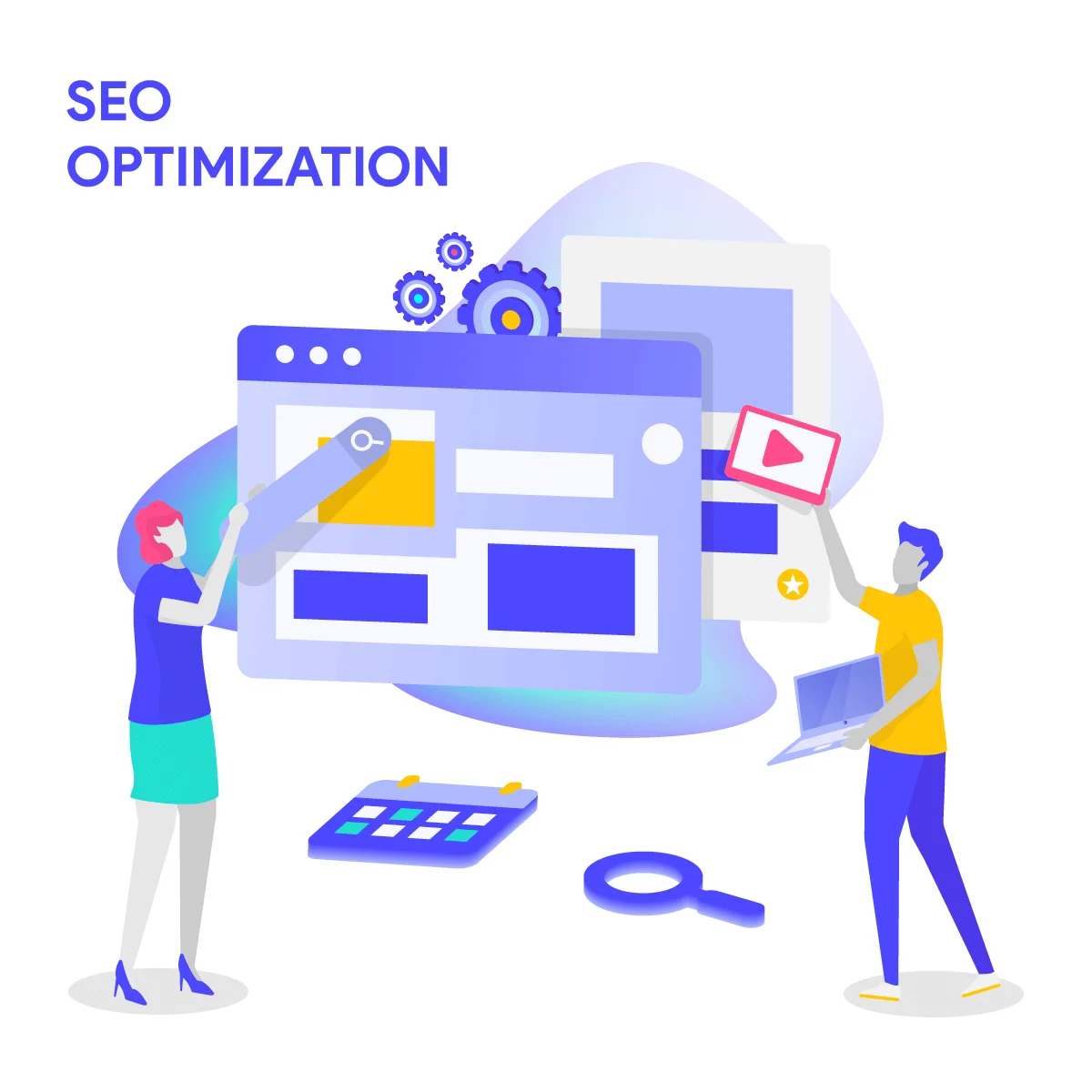
Your URL structure and breadcrumbs are like the GPS 🛰️ of your website – they help users and search engines understand the hierarchy and organization of your content, and they make it easier to navigate your site.
- 🌐 Use short, descriptive, keyword-rich URLs that accurately reflect your page’s content.
- 🗂️ Use hyphens (-) to separate words in your URLs, not underscores (_) or spaces.
- 🥐 Implement breadcrumb navigation on your site to show the path from your homepage to the current page.
- 🔗 Use canonical tags to specify the “preferred” version of a page if you have multiple URLs with similar content.
💡 Pro Tip: Keep your URL structure consistent and logical across your entire site – this helps search engines like Google understand the relationships between your pages and rank them accordingly.
7. 🎯 Keyword Optimization and Content Relevance
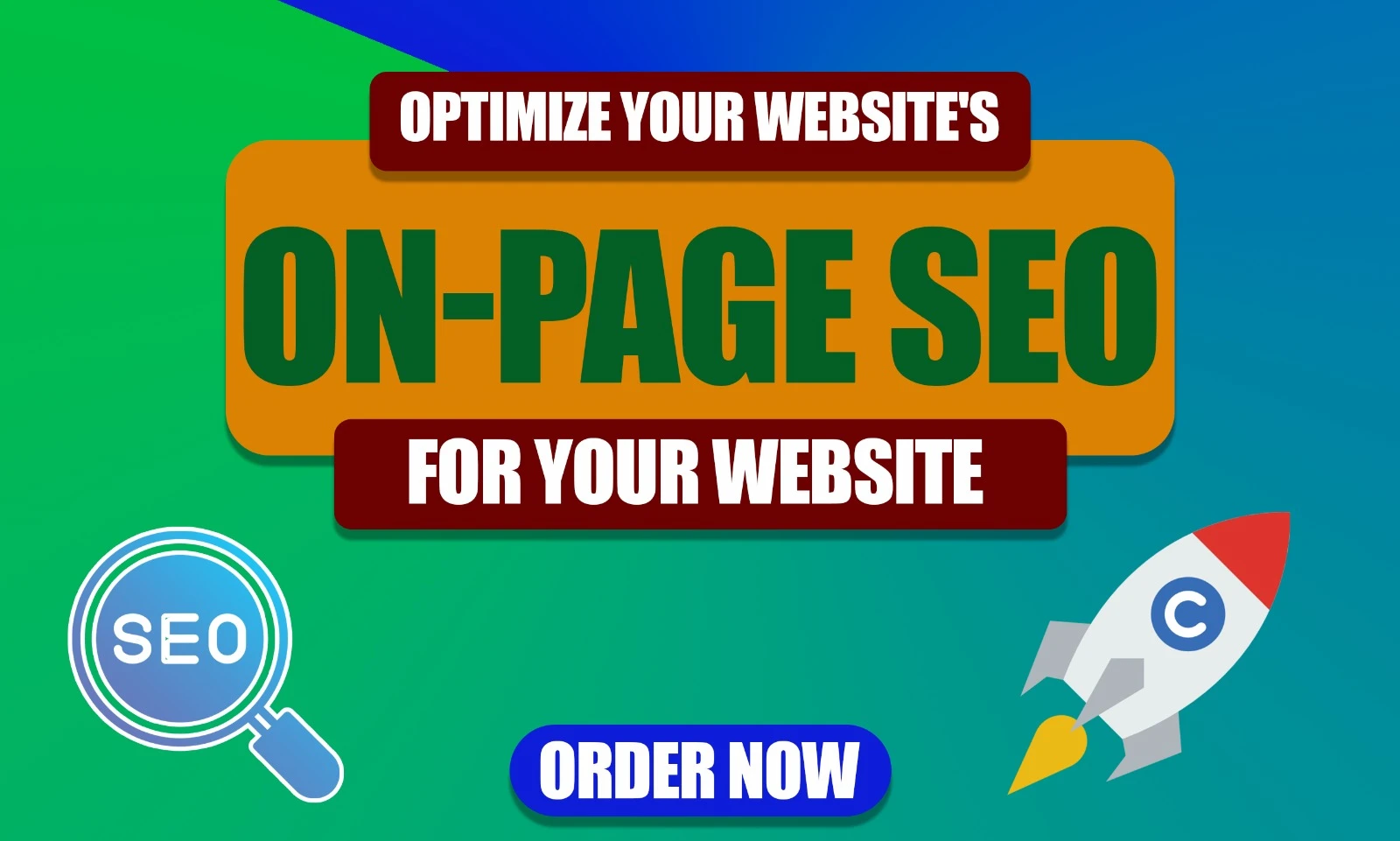
Last but certainly not least, keyword optimization and content relevance are the bread and butter 🍞🧈 of on-page SEO. You could nail all the technical aspects we’ve covered so far, but if your content isn’t optimized for the right keywords and providing real value to your users, you’ll have a hard time ranking in search results.
- 🔍 Use your target keyword and its variations naturally throughout your page’s content, including in the title, headers, and body text.
- ❓ Optimize for user intent by understanding what your target audience is really looking for when they search for your keyword – informational, navigational, transactional, or local.
- 🖊️ Write long-form, comprehensive content (1000+ words) that covers your topic in-depth and provides unique value to your readers.
- 🔄 Update and refresh your content regularly to keep it current, relevant, and authoritative in the eyes of both users and search engines.
💡 Pro Tip: Don’t forget about latent semantic indexing (LSI) keywords – these are related terms and synonyms that help search engines better understand the context and meaning of your content. Use tools like LSI Graph to find LSI keywords and sprinkle them throughout your content.
📊 Measuring and Tracking Your On-Page SEO Success
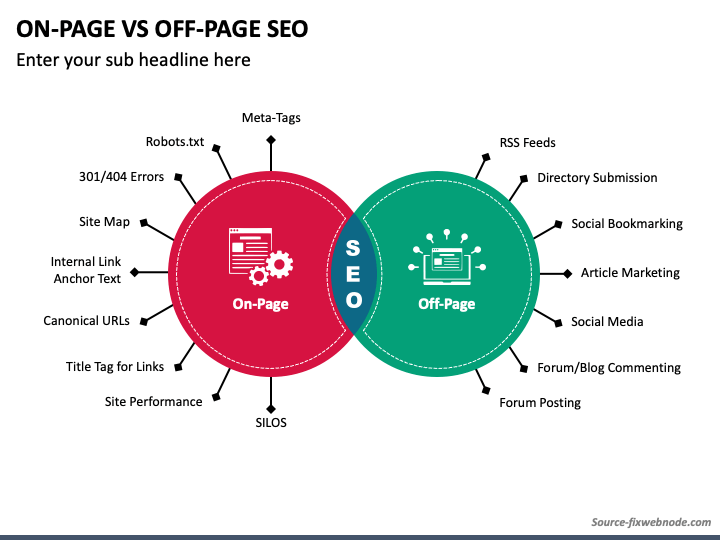
Whew, that was a lot of information to cover! 😅 But don’t worry – you don’t have to implement all these on-page SEO optimizations overnight. The key is to prioritize based on your website’s unique needs and goals, and to track your progress over time using key performance indicators (KPIs) like:
- 📈 Organic search traffic and rankings for your target keywords
- 🕒 Average time on page and bounce rates for your optimized pages
- 💰 Conversion rates (leads, sales, subscriptions, etc.) from organic search
- 🔙 Number and quality of backlinks pointing to your optimized pages
Use tools like Google Analytics, Google Search Console, and Ahrefs to monitor these KPIs and identify areas for improvement in your on-page SEO strategy. And don’t be afraid to experiment and test different optimizations to see what works best for your audience and industry!
🚀 Skyrocket Your On-Page SEO with RM Digital
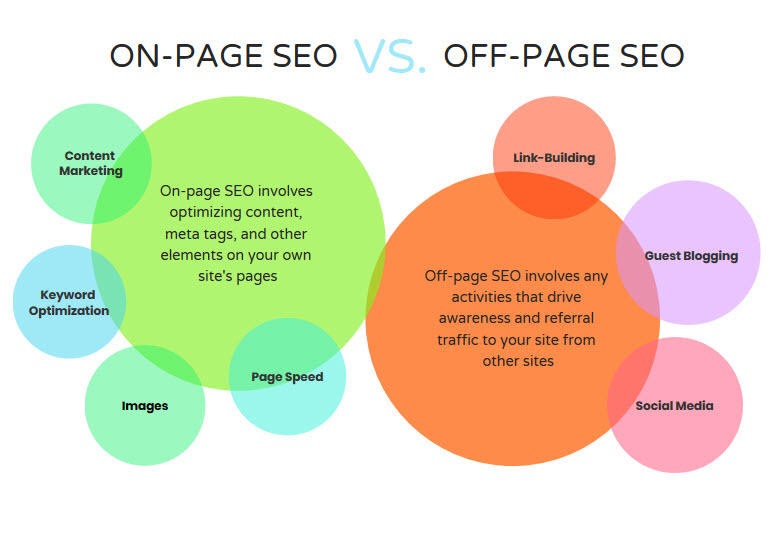
I know, I know – on-page SEO can seem like a daunting task, especially if you’re new to the world of digital marketing. But fear not, my friend! The team of SEO experts (including yours truly) at RM Digital is here to help you navigate the complex world of on-page optimization and take your website to new heights. 🗻
We offer a range of on-page SEO services, including:
- 🔍 Keyword research and mapping
- 📝 Title tag and meta description optimization
- 📌 Header tag and content structure optimization
- 🖼️ Image and alt text optimization
- 🔗 Internal linking and site architecture consultation
- 🏎️ Page speed and mobile-friendliness audits
- 🌐 URL structure and breadcrumb optimization
- 🎯 Keyword optimization and content relevance evaluation
And the best part? We don’t just deliver a one-time optimization and call it a day. We partner with you for the long haul, providing ongoing support, analysis, and recommendations to keep your on-page SEO game strong as your business grows and evolves. 📈🤝
So if you’re ready to take your on-page SEO to the next level and dominate the search results, give us a shout! We’d love to chat about your website’s unique needs and challenges, and create a custom on-page optimization plan to help you achieve your goals. 🎯💪
🌟 Key Takeaways and Next Steps
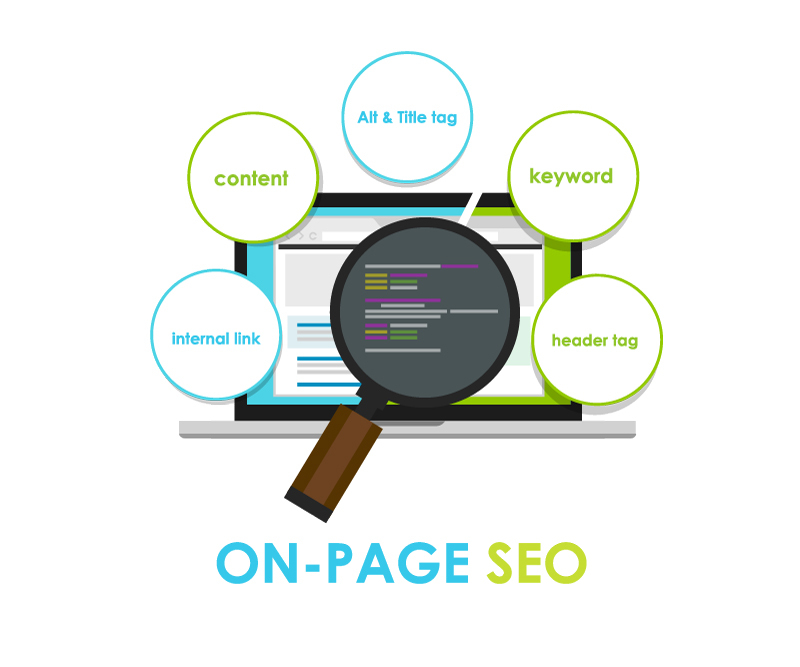
Alright, my fellow SEO warriors – we’ve covered a lot of ground in this ultimate guide to on-page SEO! 🏔️ Before we part ways, let’s recap the key takeaways:
- 🏗️ On-page SEO is the foundation of your search engine optimization strategy – without it, your other efforts will fall flat.
- 🔑 Keyword research and mapping are essential for identifying the right terms to target on your website.
- 🏷️ Title tags, meta descriptions, header tags, and content structure all play a crucial role in on-page optimization.
- 🔗 Internal linking and site architecture help search engines and users navigate your site more easily.
- 🏎️ Page speed and mobile-friendliness are non-negotiable in today’s digital landscape. 6.🗺️ URL structure and breadcrumbs provide important context and hierarchy for your website’s content.
- 🎯 Keyword optimization and content relevance are the heart and soul of on-page SEO.
- 📊 Measuring and tracking your on-page SEO success is essential for continuous improvement and growth.
Now, I know you’re probably itching to put all this knowledge into action and start optimizing your website like a pro. 💪 So here are some next steps to get you started:
- 🔍 Conduct a thorough keyword research and mapping exercise for your website, focusing on long-tail, relevant, and high-intent keywords.
- 📝 Audit your existing title tags, meta descriptions, header tags, and content structure, and optimize them based on the best practices we’ve covered.
- 🔗 Analyze your website’s internal linking and site architecture, and make any necessary improvements to enhance user experience and search engine crawlability.
- 🏎️ Test your website’s page speed and mobile-friendliness using tools like Google’s PageSpeed Insights, and implement the recommended optimizations.
- 🗺️ Review your URL structure and breadcrumbs, and ensure they’re consistent, logical, and optimized for your target keywords.
- 🎯 Evaluate your content’s keyword optimization and relevance, and make any necessary updates or additions to better align with user intent and search engine expectations.
- 📊 Set up tracking and measurement for your key on-page SEO KPIs, and regularly monitor your progress to identify areas for improvement.
And remember – if you ever need help along the way, the RM Digital team is always here to lend a hand. 🤝 Whether you need a one-time on-page SEO audit, ongoing optimization support, or just some friendly advice, we’ve got your back.
So what are you waiting for? Get out there and start dominating the search results with your newly optimized website! 🚀 And if you found this guide helpful, be sure to give it a share on social media or link to it from your own site – because sharing is caring in the world of SEO. 😉
Until next time, happy optimizing! 🎉
Musah 🖖 SEO Geek, RM Digital
🔍 Related Keywords
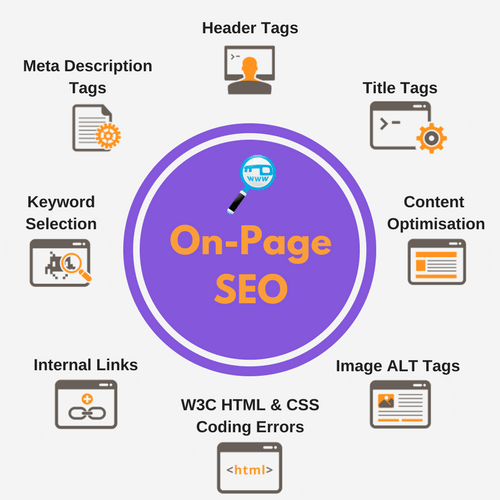
Alright, y’all – before we wrap this up, I promised you a mega-list of on-page SEO keywords to help your website rank higher than a giraffe’s toupee. 🦒💇♂️
And if you’re ever feeling stuck or overwhelmed, just remember – the RM Digital team is always here to help you with your on-page SEO needs. Whether you need help with keyword research, content optimization, technical SEO, or anything in between, we’ve got the skills and experience to take your website to the top of the search results. 💪
So don’t be a stranger – drop us a line and let’s chat about how we can work together to achieve your SEO dreams! 🤝🚀
🙏 Thanks for Reading!
Well, folks – that’s all she wrote! 📝 I hope you enjoyed this epic guide to on-page SEO as much as I enjoyed writing it. 😄
If you found this post helpful, informative, or just plain entertaining, I’d be forever grateful if you could give it a share on your favorite social media platform or link to it from your own website. 🙏 Every little bit helps to spread the gospel of on-page optimization far and wide!
And if you have any questions, comments, or just want to chat about all things SEO, feel free to reach out to me directly – I’m always happy to geek out about search engines and digital marketing. 🤓
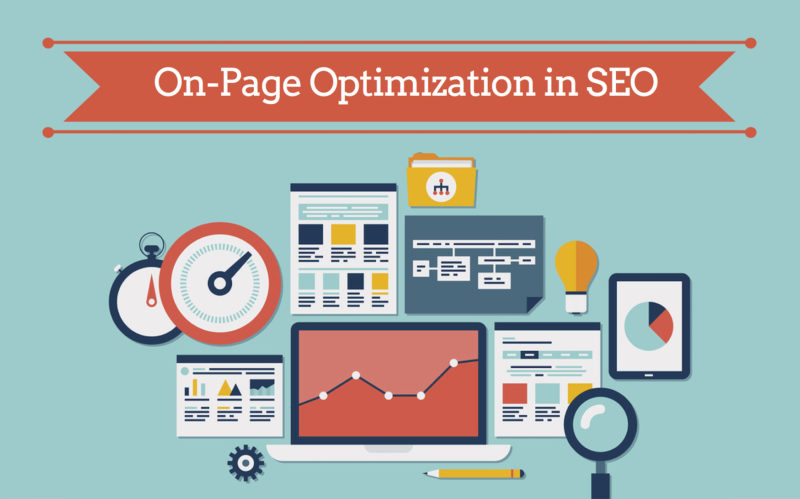
Until next time, keep calm and optimize on! 🧘♀️🚀
Musah 🖖 Your friendly neighborhood SEO geek
